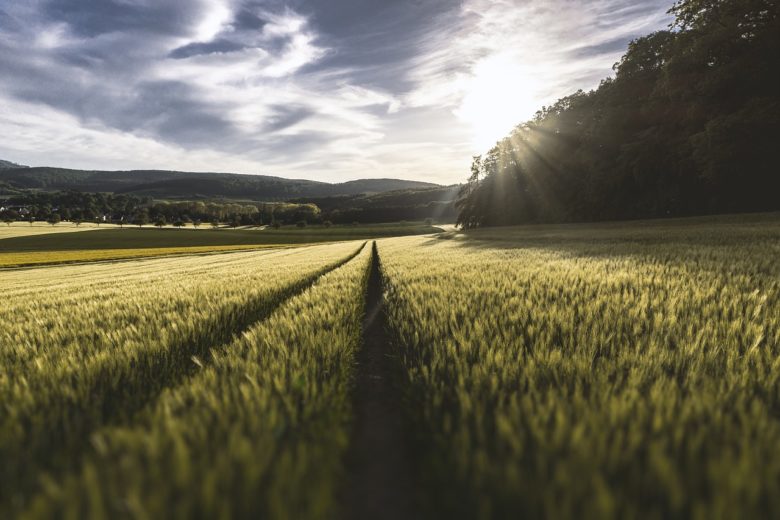
Farm Bankruptcies on the Rise: What Can We Do About It?
We are reader-supported. When you buy through links on our site, we may earn affiliate commission.
As extreme weather disrupts planting and trade wars shrink the market available to farmers, American agriculture is starting to struggle. One recent report from the American Farm Bureau Federation found that farm bankruptcies were up 24% from last year. This is one of the steepest rises in modern history. At the same time, farm debt is reaching levels close to those seen during the 1980s farming crisis.
American farms are facing pressure making them more likely to declare bankruptcy than ever before. Here’s what’s driving the trend, how it’s affecting farmers, and what we can do to turn the rise of farm bankruptcy around.
The Sudden Growth of Farm Bankruptcies
A significant chunk of the bankruptcies were filed by farmers in the Midwest — America’s traditional farming heartland and a major source of crops like soybeans and corn. In general, however, the bankruptcies remain distributed evenly throughout the country.
Farmers filed primarily Chapter 12 bankruptcies, which bankruptcies designed to help farmers reorganize their debt and continue farming. These bankruptcies are generally seen as a key indicator in the health of the overall agriculture sector. A high bankruptcy rate is often taken as a sign that farmers are beginning to struggle.
Experts have identified a few different possible causes for the bankruptcies. The first is the current US-China trade war. Back in 2018, China — one of the top foreign markets for U.S. soybeans — announced that it would levy a 25% tariff on American soybeans. The tariff was steep enough that it quickly became unprofitable for many farmers to sell soybeans to China. Without the Chinese market, these farmers found that production was much higher than demand. Farmers had plenty of soybeans but no one to sell them to.
The trade war has also hurt corn prices, making the news even worse for farmers who rely on just one or two of these cash crops.
The severe weather recently experienced by the Midwest and Puerto Rico also explains some of the bankruptcies. In 2019, flooding in the Midwest delayed planting long past the prime planting season, seriously hurting crop production and wasting resources. Puerto Rico is still recovering from 2017’s Hurricane Maria, which decimated the island’s agriculture sector. Now, many farms that survived the storm are finding that they don’t have the resources needed to fully recover.
Short-term fixes — like increased trade aid from the federal government — have probably prevented some bankruptcies and saved farms from taking on debt for now. However, these payments and fixes aren’t really sustainable, and they likely won’t be enough to reverse the trend. Instead, more significant changes will probably be necessary to turn around the rise in farm bankruptcy.
Reversing the Rise of Farm Bankruptcies
One of the biggest problems facing farmers right now is that demand for corn and soybeans hasn’t kept up with rising production rates. As a result, farmers have turned to foreign markets — like China — to make money. When those markets aren’t available, however, farmers have no choice but to accept a loss or look for other buyers. The buyers may demand prices that cut into or eliminate the thin margins on crops like soybeans and corn.
Diversifying crop production and focusing on crop production that would meet demands in more local markets could provide farmers with more consistent demand and reduce the need for bankruptcy. This approach could also increase biodiversity, eliminate monocultures and help limit the effects that factory farming has on the environment.
Better and more efficient farm equipment could also help reduce operating costs while making farms more environmentally friendly. For example, fields that lay fallow right now could be outfitted with solar panel systems that keep them from being unproductive even when the soil needs time to recover.
Farmers could also benefit from policies that prevent the worst effects of climate change. In the short term, they would also prepare farms for more extreme weather. Tackling climate change won’t save farmers from bankruptcy right now. However, it will probably be necessary to prevent weather like the floods that were seen in the Midwest in 2019.
Saving American Farms From Bankruptcy
American farm bankruptcies are on the rise, along with farm debt — a sign that farmers are under major pressure. Big changes may be needed to save American farmers from debt and bankruptcy. Planting a wider variety of crops could help farmers diversify their incomes and reduce monocultures. Policies that prepare farmers for the effects of climate change may also be necessary in the near future as climate-change-caused disruptive weather becomes more and more common.
Share on
Like what you read? Join other Environment.co readers!
Get the latest updates on our planet by subscribing to the Environment.co newsletter!
About the author

Jane Marsh
Starting from an early age, Jane Marsh loved all animals and became a budding environmentalist. Now, Jane works as the Editor-in-Chief of Environment.co where she covers topics related to climate policy, renewable energy, the food industry, and more.





